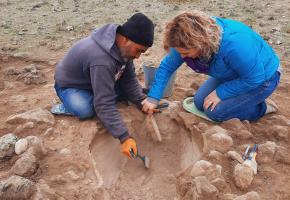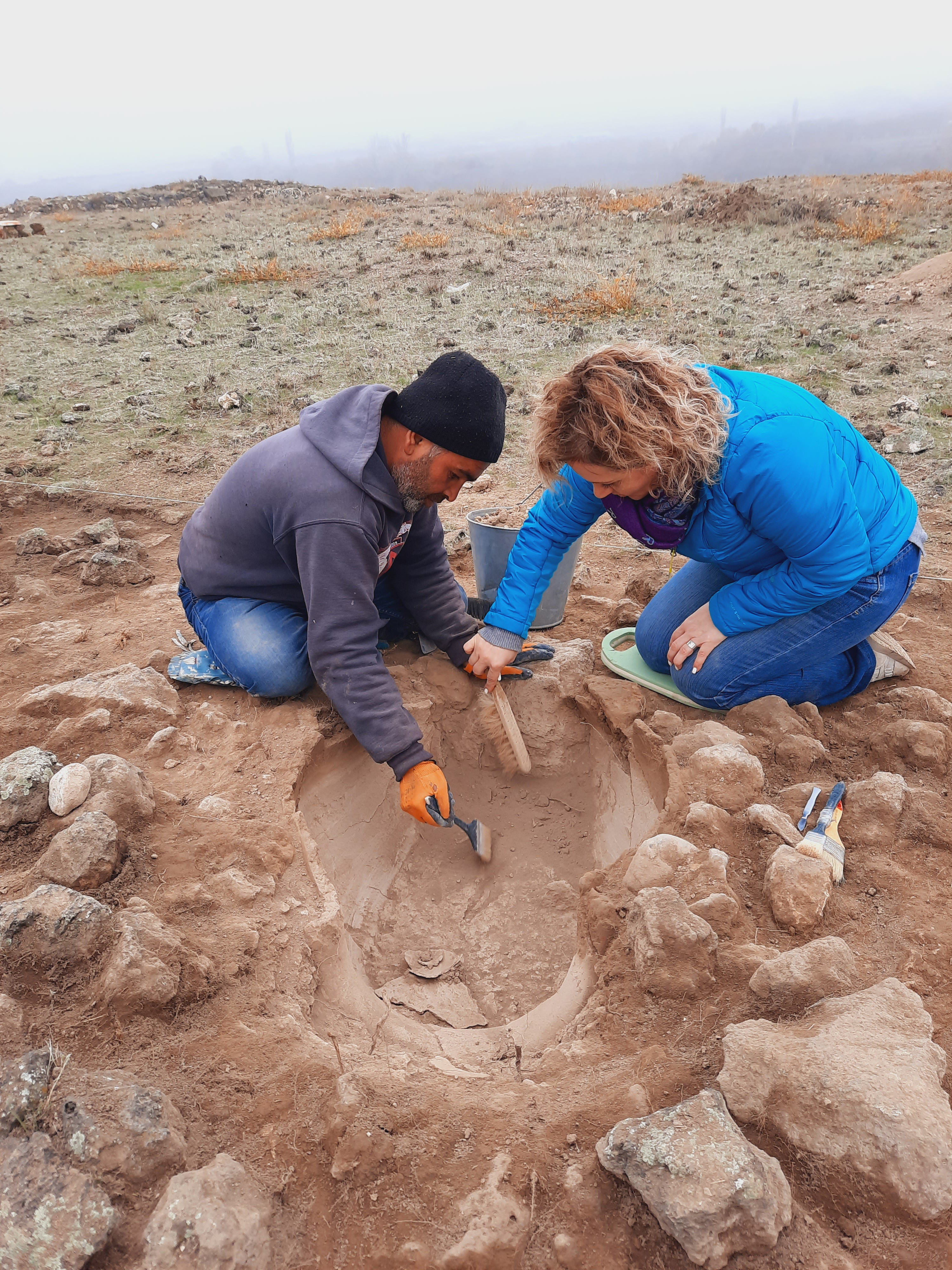June 17, 2025 | 12:30
Research
Publications and scientific journals
Culture
In jar burials, people were interred in a fetal position, reflecting the belief that one should be reborn in the afterlife just as they entered this world, says Armine Gabrielyan
Jar burials were widespread during Classical Antiquity and have been predominantly found in Armenia’s Ararat, Shirak, Armavir, Gegharkunik, and Kotayk Provinces. However, this type of burial is especially characteristic of the historical region of Artsakh-Utik, according to YSU lecturer Armine Gabrielyan.
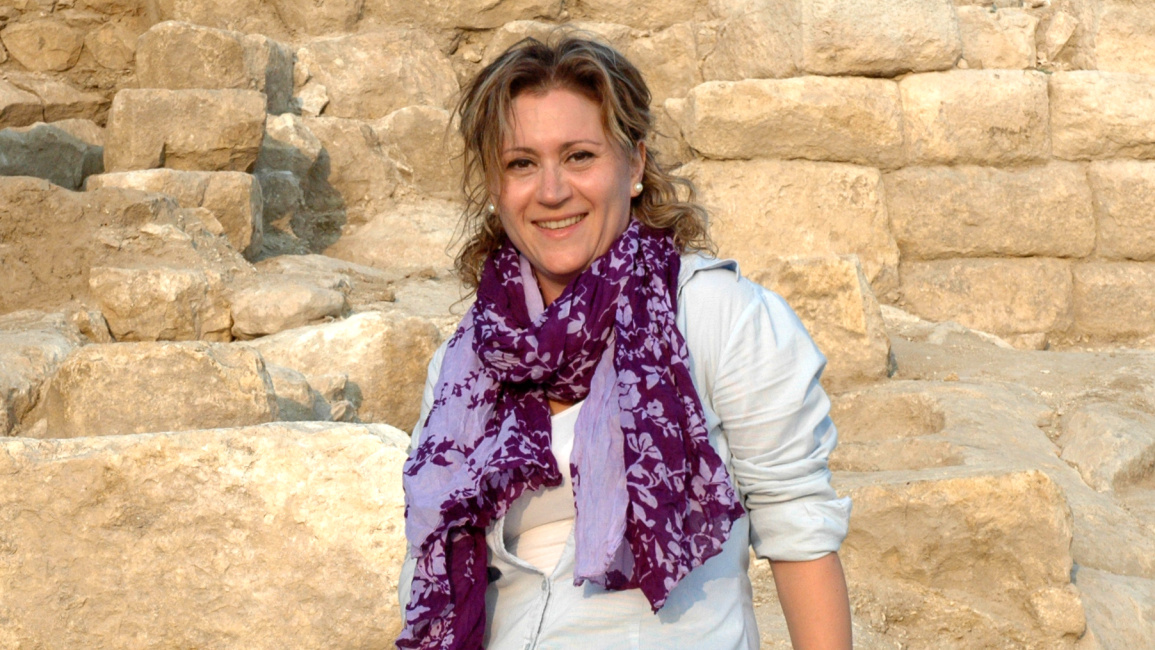
Inesa Karapetyan, Head of the Armavir Capital Expedition of the Institute of Archaeology and Ethnography of the National Academy of Sciences of Armenia, and Armine Gabrielyan, lecturer at Yerevan State University, have jointly published a scientific article concerning the spatial distribution and chronological boundaries of the jar burials found in the Armavir capital grave field. The article has been published in the multilingual, interdisciplinary, peer-reviewed journal The Herald of Social Sciences.
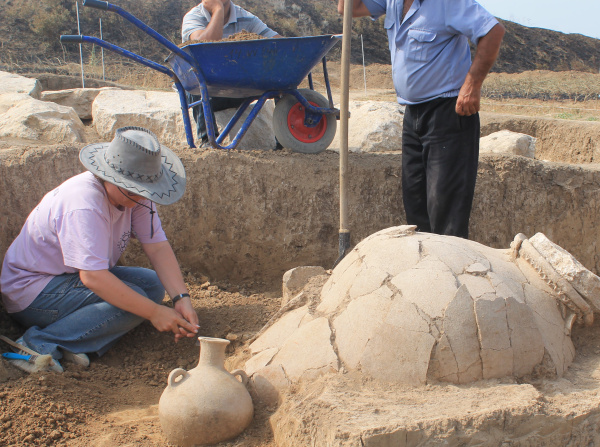
Armine Gabrielyan emphasizes that the jar burials of Armavir were primarily discovered between the 1970s and 1990s by the Armenian expedition under the leadership of Inesa Karapetyan. Based on the discovered artifacts and their correlation with contemporary monuments, these jar burials have been dated to the 6th to 3rd centuries BCE.
"In the jars, typically, alongside skeletal remains, personal belongings of the individual, jewelry, and small vessels, likely containing food for the deceased, have been found. During the 2022 salvage excavations I led in Garni, a burial was discovered inside a jar containing the remains of a mother and child along with the skulls of a cow and its calf," Armine Gabrielyan explains. She adds that burials containing multiple human bodies and animals within a single jar are rare in the region.
She notes that the funerary rite was consistent across jar burials as well as other burial types—such as pit, stone cist, and slab cist burials—involving the placement of personal belongings and food alongside the deceased. This practice reflects the belief in life after death and the notion that the deceased would need these items and food for their rebirth and existence in the afterlife.
Addressing how the bodies were arranged inside the jars, YSU lecturer states: "People were buried in the jars in a contracted fetal position, mirroring the position in the womb, based on the belief that one should be reborn in the afterlife just as they entered this world. To accomplish this, the top of the jar was first broken, the deceased was placed inside, and then the broken pieces were repositioned around the opening, which was finally sealed with a large stone or fragments of another vessel."
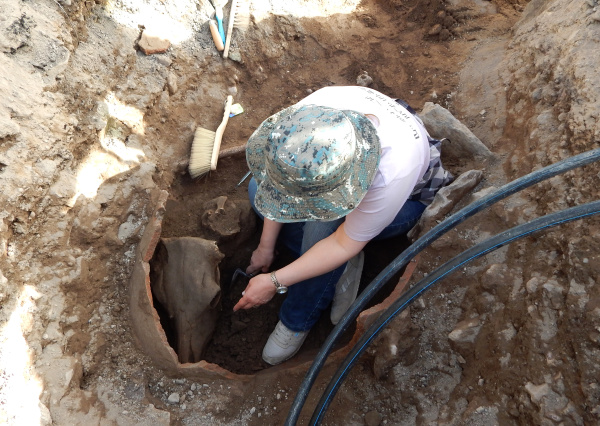
The finds are exhibited and preserved at the History Museum of Armenia and the Sardarapat Memorial Complex, as well as the National Museum of Armenian Ethnography and History of Liberation Struggle. Artifacts from the 2022 excavations in Garni have been displayed at the History Museum of Armenia and the Hrazdan Geological Museum.
Armine Gabrielyan highlighted that a comprehensive article in English about the 2022 salvage excavations in Garni is currently in preparation. This forthcoming publication will introduce to the academic community recent research findings regarding three newly discovered jar burials and one slab cist burial dating to Classical Antiquity.
